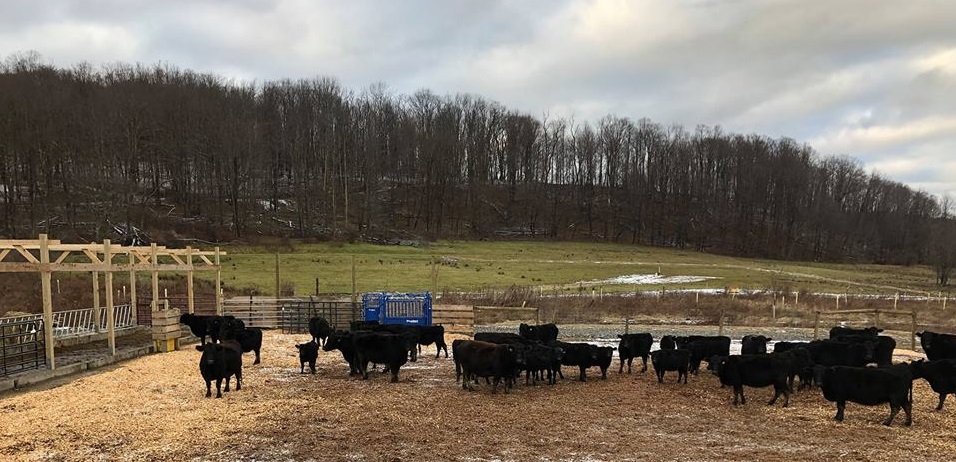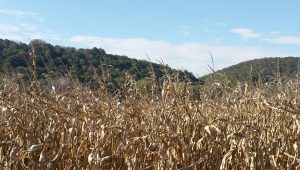The Penn State Extension Program will conduct a ‘From Cash Records to Cost of Production’ Webinar on Jan. 11, 2021.
By Michal Lunak, Dairy Educator, Penn State Extension
Cost of production (COP) per unit is the best way to summarize financial information about a farm enterprise. Cost of production per unit (acre, animal, ton, hundred pounds of milk) provides a benchmark that can be compared to other farms over time. For example, the cost of production for the heifer or corn silage enterprise suggests whether the operation should keep producing replacements and growing corn silage, or whether purchasing these inputs from external sources is a better financial decision. Analyzing COP provides a better understanding of the relative importance of different expense allocations and can provide better control over production costs.
At first glance the calculation of COP at the farm level can seem a daunting task to producers, but it is not as difficult as it might seem. The basic calculation requires some effort and good farm records. Complete farm financial records are crucial component. The more accurate these records are the more accurate costs allocation throughout the operation will be and about the more accurate the COP calculations. If farm records are not available, a producer can use other records, such as tax records, or just used his or her best guess, but the resulting COP will not be accurate.
Here are some recommended steps that will help calculate COP for managerial purposes:
Identify the enterprises.
Perhaps the best way to identify different farm enterprises is to think about the different activities, methods of production, or commodities being produced for farm. Milking cows, raising heifers, producing corn silage, hay, or small grains, and custom work are typical enterprises.
Identify and allocate cash expenses to the different enterprises.
For the purpose of calculating COP, costs are inputs used to produce a product. This should not be confused with cash outflow as costs may or may not require a cash outflow.
Complete and detailed farm financial records would help producers to allocate different cash costs more easily for some expense categories. If they are not available, a quick way to find all cash expenses are tax records. An additional step must be taken to allocate operating expenses such as fuel, repairs, fertilizers, supplies, or overhead costs among the identified enterprises. Producers have to estimate the portion of the total expense that should be charged to the enterprise and allocate expenses among enterprises.
Identify non-cash expenses for different enterprises.
Non-cash expenses include depreciation and accrual adjustments that are made for accounts payable, accounts receivable and changes in inventories.
Depreciation is prorating the costs of asset over its useful life. The simplest method for calculating annual economic depreciation is the straight-line method where asset salvage value is subtracted from original asset costs and divided by years of useful life. Ideally, an annual depreciation would be calculated for each asset in the enterprise. If values to calculate individual asset depreciation are not available, tax depreciation may be used as a proxy. However, the IRS tax depreciation schedule may not always provide correct depreciation values for calculating COP.
Accrual adjustments needed are changes in values of beginning and ending assets. These changes reflect a business or enterprise expense for a period of time, usually a year. It is important to allocate accrual adjustments to different enterprises. For example, in calculating COP of the heifer raising enterprise, a decrease in the heifer hay inventory for the 12 month period may indicate that hay was fed to heifers. However, if the hay was fed to the dairy herd, it should be charged as an expense to the lactating cow enterprise. Additional adjustments in values that are needed are for items such as prepaid expenses or accounts payable for different enterprises. The balance sheet is a great tool to obtain these assets adjustments. If no balance sheet is available, a list of items owned and owed for the time period as well as a list of accounts payable and receivable are necessary.
Allocate Non-Cash Expenses.
Similar to cash expenses, non-cash expenses can be allocated to a single enterprise or proportioned among two or three enterprises depending on the use of the asset. If an asset, such as hay baler, is used exclusively to make hay for the dairy herd, depreciation cost should be charged to the dairy herd. However, if it is also used to make hay for sale, then depreciation should be proportioned between the dairy herd and the hay sale enterprise.
COP and Enterprise Analysis
With all expenses allocated by enterprise, producers can calculate COP for the enterprise and per unit of production, such as acre, cow, or hundred pounds of milk. Adding income into the calculation and some pencil pushing, producers can also estimate profit and loss. This simple calculation will provide the producer with a good basis for informed decision making.
For more in-depth information on From Cash Records to Cost of Production 101 join the Penn State Extension webinar on January 11, 2021, from 11:00 am to 12:00 noon.
https://extension.psu.edu/from-cash-records-to-cost-of-production-101
The speaker will discuss how to calculate production costs by identifying all cash and non-cash costs, and then allocating them to the appropriate farm enterprise. A worksheet to calculate the COP will be introduced and will be free to use for any producers. Registration can be completed at the website link above and must be completed in order to participate in the workshop and access the worksheet.

